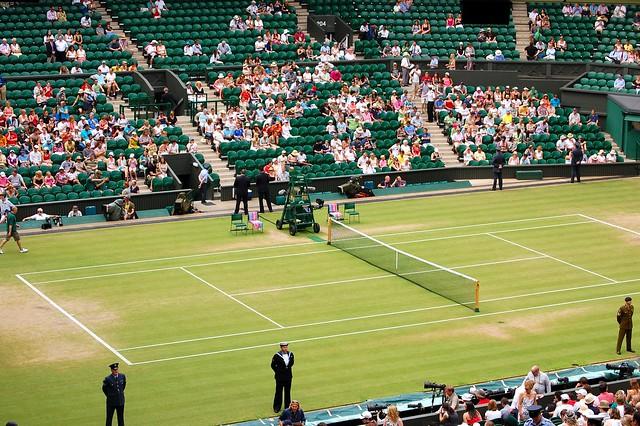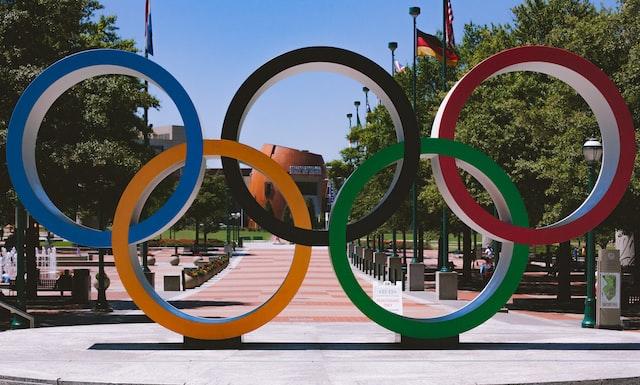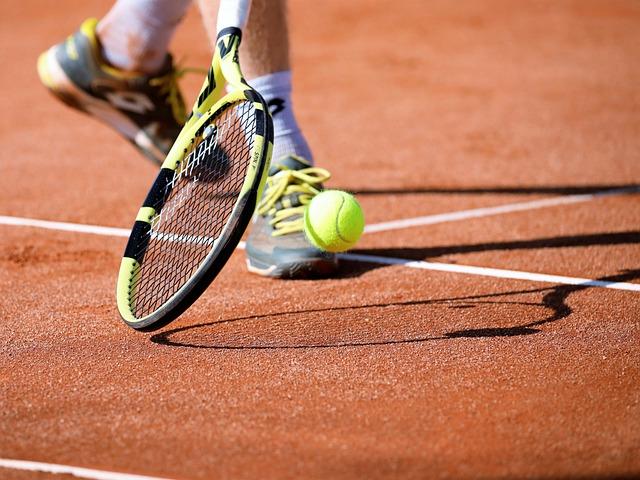Sports play an important role many people’s lives. We are exposed to sports early in life either in school or at home by our parents. As we grow older, sports remain in our lives in many forms. There are so many benefits to playing tennis. It may be a part of our lives as a hobby, fitness routine, or even a profession.
Tennis is one of the most popular sports in the world with over 1 billion followers. This game might have been a privilege for the rich people in the past but it has evolved with time and is available to everyone.
Tennis is either played individually against a single opponent (singles) or between two teams consisting of two people on each team (doubles). There are many benefits associated with playing tennis such as improving cardiovascular health to building agility.
Are you a big fan of tennis? Are you curious to know how this game started? If your answer is yes, continue reading this article as you must be interested to learn how tennis came into existence and the the development it went through in order to become what it is today.

Where Did It All Begin?
The origin of tennis is often disputed by historians. Some claim that the earlier version of this game existed in ancient Egypt. However, the only proof to this theory is based on the name of the game. They believe the term “tennis” is derived from the Egyptian town called “Tinnis”. Further supporting this theory is that the word “racquet” comes from the Arabic word “rahat” which means palm of the hand.
Since there is a lack of clear evidence to support the above theory, most historians agree that tennis originated in France in the 12th century. The monks in the monastery used to play a game where they used the open palms of their hands to hit the ball. This game was called “je de paume” in French which game of the hand.
The name tennis came about later because as the person is serving, they would call out “tenez” which means here it comes.
Development of Tennis
Early Days
The game grew in popularity over the next few centuries and spread outside the monastery to European nobles who took up Tennis with enthusiasm.
The sport evolved with time and many changes were implemented along the way. Using bare hands in the long run proved to be uncomfortable. This led to the use of gloves and slowly progressed into using racquets somewhere around the 16th century to hit the ball.
Soon after, the game spread to England royalties where Henry VII and Henry VIII were huge fans of the game, promoted the building of more courts. One of the oldest surviving court till this day is Hampton Court Palace which was built in 1625. They played this game using racquets made out of wood and strings from animal guts. It was used together with a cork ball weighing approximately three ounces.
Despite all these innovations, “real tennis” is extremely different from the game of tennis that we know today. In “real tennis” games took place in a narrow indoor court where the ball is hit around a series of walls with galleries and roofs.
The Emergence of Lawn Tennis
The fame of the tennis game declined during the 1700s but made a comeback midway of the 19th century in the form of lawn tennis. This was largely due to new inventions such as the vulcanisation process for rubber which made tennis balls significantly bouncier and the lawnmower (patented in 1830) which enabled tennis courts to move to open grass fields.
The foundation of the tennis game we recognise today can be traced back to Major Harry Gem and his friend Augurio Perera who played a game on a croquet lawn combining the features of racquets and the Spanish ball game called Pelota which came to be recognised as lawn tennis.
This game was further developed by Major Walter Clopton Wingfield in 1873 who created a new variation called Sphairistike with an hourglass shaped court and patented the rules and equipment of the game.
The equipment which was a box set consisting of net poles, racquet and balls helped spread the game all over the world. The first tennis court appeared in the United States in 1874 and the game spread to other countries such as Russia, India, Canada, and China.
Wingfield’s efforts were later improved upon by the All England Crocquet and Lawn Tennis Club and held the first ever tennis tournament in 1877 on the lawns of Wimbledon. Some of the changes they implemented were as follows:
- Used rectangular court
- Lowered the net
- Reduced the size of the box into which the service could be hit
- Allowing overarm serving
- Introduced “let” - giving the player a second chance when his delivery hits the net cord and falls into the correct service box.

These modified rules became a basis of modern tennis. By 1884, women were competing in Wimbledon. Today, Wimbledon is considered to be the world's premier tennis tournament in the world.
Check out where you can take tennis lesson in Malaysia here!

Grand Slam
The Grand Slam is the combination of four major Tennis tournaments:
Australian Open (mid-January)
- Established in: 1905
- Court type: Hard court
French Open (late May to early June)
- Established in: 1891
- Court type: Clay court
Wimbledon (June to July)
- Established in: 1877
- Court type: grass court
US Open (August to September)
- Established in: 1881
- Court type: Hard court
The term Grand Slam refers to a player winning all four of these tournaments in a single year. Career Grand Slam refers to winning all four in the course of a career. They are the biggest tournaments in tennis because at the time they were the main international championships.
Tennis has seen many great and talented players from all over over the world. One such player is Steffi Graf is one such player who completed the Golden Slam by winning all four Open tournaments and an Olympic gold medal in the same year.
Other notable Tennis tournaments are Davis Cup for men that was established in 1900 & Federal Cup for women in 1963. Federal Cup was shortened to 'Fed Cup' from 1994-2020 and finally re-branded to Billie Jean King Cup in September 2020.
Open Era
Interestingly, until 1968, the participants of the Grand Slam tournaments consisted only of top-ranked amateur players. The classification of amateur players even led to a dispute that led to the removal of Tennis from the Olympics in 1924.

Fortunately the adoption of the “open era” that allowed professionals to compete resolved the dispute and it made a comeback as a full medal sport in 1988.
The open era was good news for tennis players not only because of the increase in prize money and better playing conditions but it led to the sport gaining more popularity.
Governing Bodies
The positive impacts of the open era further led the professional players to form their own governing bodies which were Association of Tennis Professionals (ATP) in 1972 and Women’s Tennis Association (WTA) in 1973.
ATP
ATP, the governing body for men’s tennis was formed with the goal of changing the game for the better and help the players. A ranking system was established to track the player’s performances in August 1973. The first men’s doubles tennis rankings were published in 1976.
WTA
Billie Jean King formed the WTA, the world governing body for women’s tennis in 1973 and the tennis game for women followed suit and adopted a similar formula.
ATP Rankings grade men’s singles and doubles players while WTA Rankings cater to women’s singles and doubles players. There are no formalised rankings for mixed doubles.
In the early days, the players’ overall results were averaged for the ranking system. This changed in 1990 where the ‘best of’ system came into place as the base of the ranking methodology we know today. Both ATP and WTA follow a similar format, with minor differences.
International Tennis Federation (ITF)
International Lawn Tennis Federation (ILTF) was formed in 1913 with 15 nations joining as members. The name was changed to International Tennis Federation (ITF) in 1977. It now has over 200 member nations and it serves as the world governing body of tennis.
ITF oversees the administration and regulations of tennis, organisation of international competitions and also structures, develops and promotes the game.
In a year, ITF runs six Tours, with 3,000 events which serves as an excellent platform for players of all ages and abilities. ITF is also in charge of the Davis Cup and Billie Jean King Cup and helps run the tennis events in the Olympic & Paralympic games. Through its presence on the Grand Slam board, ITF works closely with the national organisers of the four Grand Slams as well.
Do you have an interest to learn how to play tennis? Or you already know how to play tennis but looking for someone who can help you improve? Find for the right instructors here on Superprof who will help you achieve your goals!
















